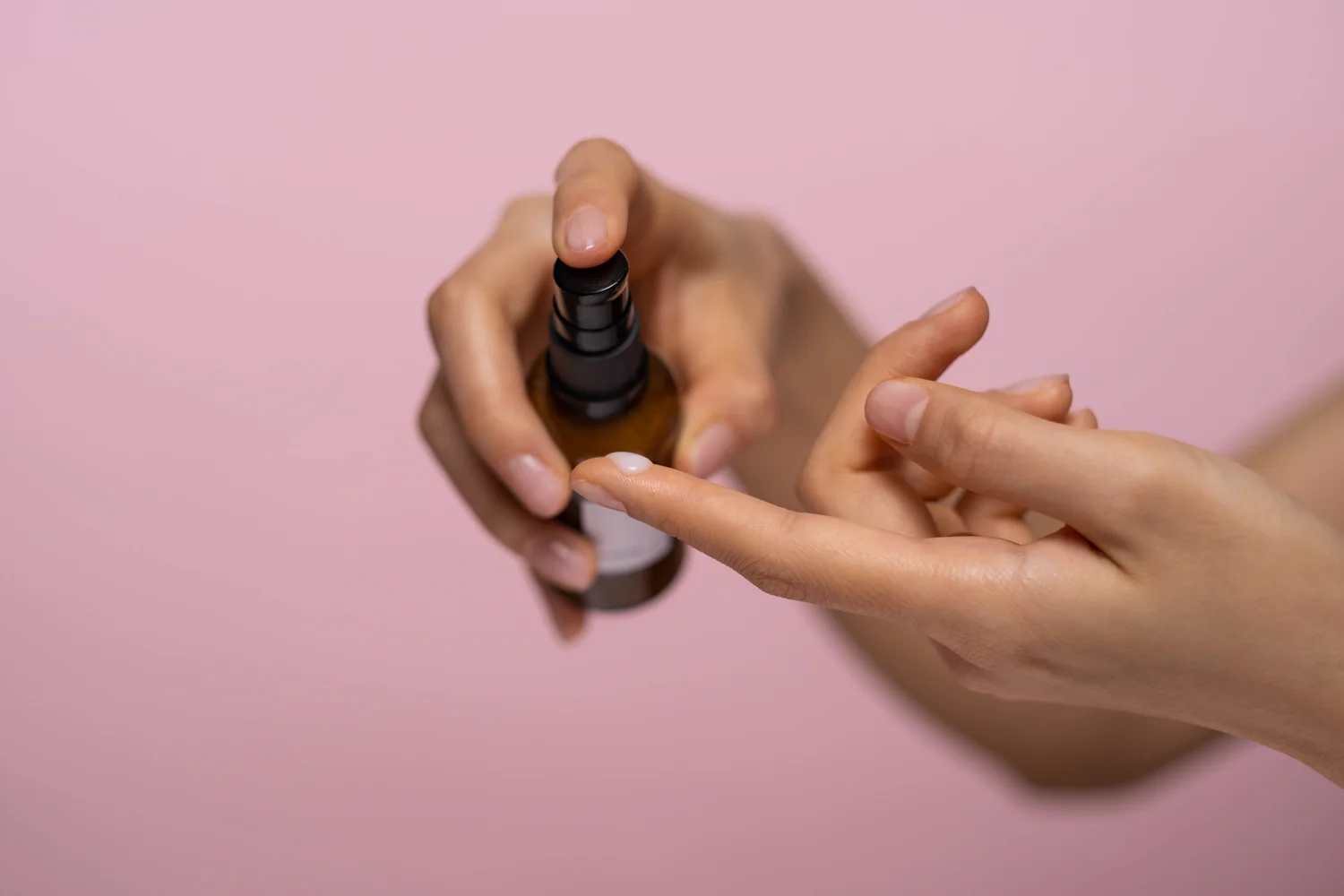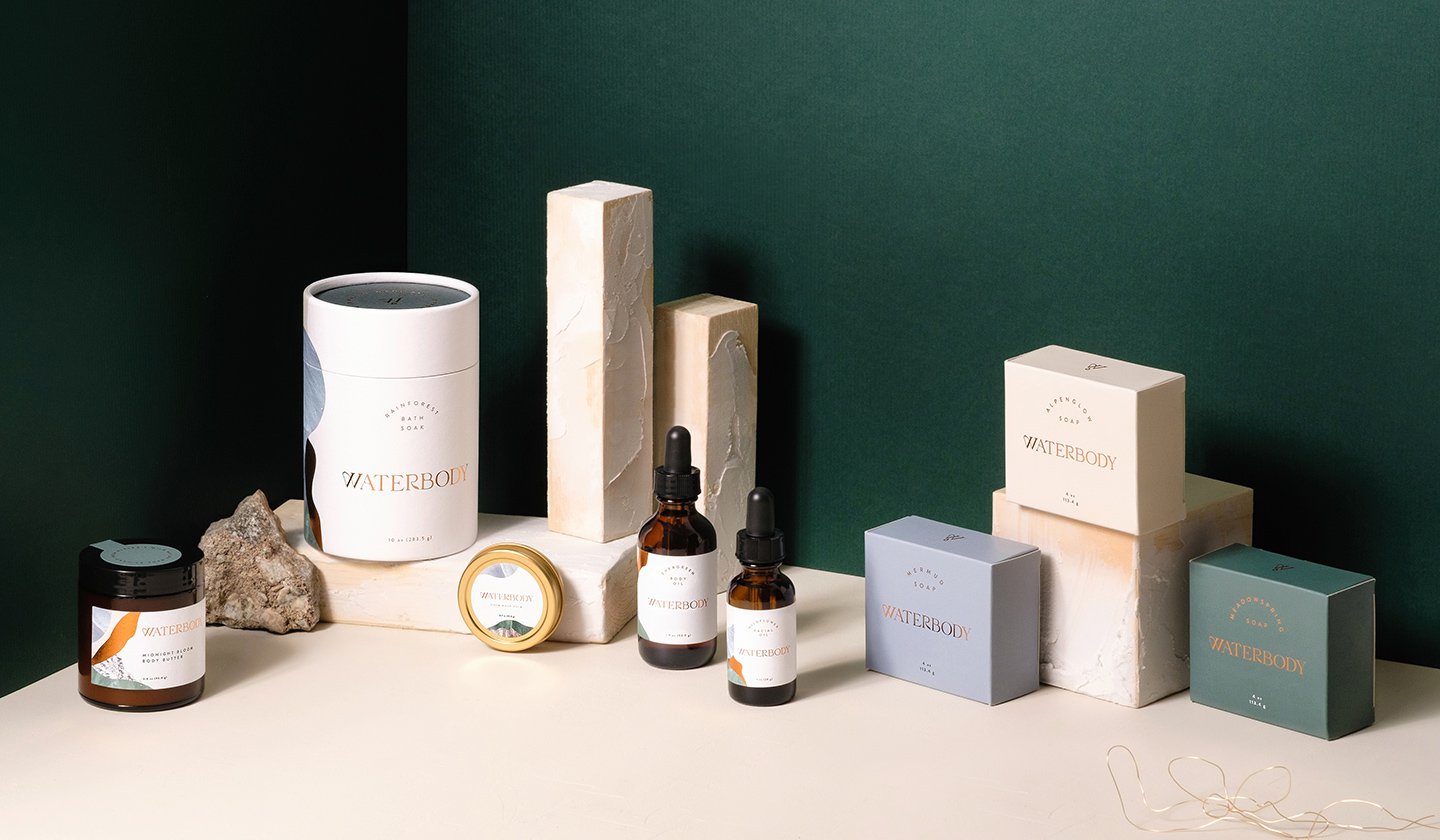

This year has been no exception for the beauty business, which has always been at the forefront of eCommerce innovation and reinvention. Beauty store like semilacis continually seeking for methods to improve their client experience, from clean beauty to hyper-personalized skincare and all cosmetics solutions. This has prompted us to take a deep dive into the ever-changing beauty eCommerce business and share our top trends for 2021.
In the last few years, the beauty business has seen a lot of innovation and entrepreneurship. Countless new brands have been produced, as well as an unlimited assortment of novel ingredients. However, one factor that has altered in almost every other retail sector has yet to upset the beauty industry: beauty items are still predominantly sold in stores, as they have always been.
Beauty technology has had a banner year in 2019. Technology-backed cosmetics brands will continue to revolutionise the sector in 2019 and beyond, from huge beauty corporations making their first tech acquisitions to an industry-wide drive toward personalised beauty goods and experiences. New demographics, goods, technology, and consumer behavioural insights are now influencing the startup and enterprise sectors.
The largest technological advancements are putting their imprint on the cosmetics business, from virtual try-on to ingredient transparency. Leading businesses have launched high-tech overhauls in product creation, manufacturing, pricing and distribution, marketing and merchandising, and the customer experience in 2019 — and there’s plenty more to come.
Prior to the COVID-19 issue, in-store shopping contributed to up to 85% of beauty product purchases in most major beauty-industry markets, with some variance by subcategory. COVID-19 resulted in the closure of about 30% of the beauty sector market due to the closure of premium beauty-product stores.
Some of these stores will never reopen, and new ones will most certainly take at least a year to open.With the pandemic wreaking havoc on incomes, most Asian consumers are focusing more on getting the most bang for their buck when it comes to personal care. This doesn’t mean they’ll choose the lowest alternative; instead, they weigh the pros and cons of each option.
Prior to the coronavirus, luxury beauty was on the increase; now, mass and “masstige” brands are gaining market share. Their attractiveness stems from their ability to deliver a compelling unique concept, develop a particular area of expertise, or match the benefits of luxury items at a more affordable price.
The pandemic has made operational transparency a top concern for all businesses. Shipping delays exposed the flaws in many supply chains, which were unable to respond to changing demand and changes in the international supply network. Most importantly, the COVID-19 pandemic has demonstrated the significance of having a flexible and agile supply chain that can pivot quickly. As a result, many beauty companies are expected to examine their supply chains, identify gaps, and invest to address those deficiencies. Transparency of supply networks is critical from the customer’s perspective, as they are more likely to want to utilise a brand with a dependable supply chain.





